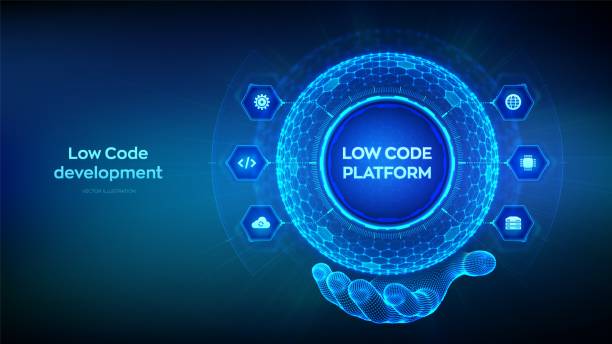
- April 14 2025
- SFI Solution Team
How to Build a No-Code Automation Workflow Using iPaaS
In the current rapidly evolving digital environment, companies face ongoing demands to optimize their operations and boost productivity. No-code automation has become a revolutionary solution, allowing users without technical expertise to create and implement robust workflows without the need for coding. A key tool facilitating this shift is iPaaS (Integration Platform as a Service). This detailed guide will examine the process of constructing a no-code automation workflow with iPaaS, along with its advantages, recommended practices, and practical applications in real-world scenarios.
What is iPaaS?
iPaaS, or Integration Platform as a Service, is a cloud-based solution that connects disparate systems, applications, and data sources. It enables seamless integration and automation across platforms without the need for custom development. iPaaS providers typically offer a visual interface that allows users to create automated workflows using drag-and-drop functionality.
Why Choose No-Code Automation with iPaaS?
-
Speed and Agility : Quickly build and deploy workflows without waiting on development resources.
-
Cost-Effective : Reduces the need for a dedicated IT team or external developers.
-
Scalability : Easily scale workflows as your business grows.
-
Accessibility : Empowers business users to take control of their processes.
-
Reduced Errors : Minimizes manual interventions and the likelihood of human error.
Key Features of No-Code iPaaS Platforms
-
Drag-and-Drop Workflow Builder
-
Pre-Built Connectors for Popular Apps (e.g., Salesforce, HubSpot, Slack)
-
Real-Time Data Syncing
-
Customizable Triggers and Actions
-
Secure Data Handling and Compliance Support
Step-by-Step Guide to Building a No-Code Automation Workflow Using iPaaS
Step 1 : Define Your Automation Goal
Start by identifying the specific process you want to automate. Whether it’s lead nurturing, invoice processing, or customer onboarding, clarity in your goal ensures a successful automation strategy.
Step 2 : Choose the Right iPaaS Provider
Evaluate iPaaS platforms based on your integration needs, ease of use, supported applications, pricing, and customer support. Popular no-code iPaaS platforms include Zapier, Make (formerly Integromat), Tray.io, and Workato.
Step 3 : Map Out Your Workflow
Outline the sequence of events in your automation. For example :
-
Trigger : New lead in CRM
-
Action 1 : Send welcome email via Mailchimp
-
Action 2 : Create a task in project management tool
Step 4 : Set Up Triggers and Actions
Using the visual builder, select the apps you want to integrate. Define the trigger (event that starts the workflow) and the actions (tasks that follow). Customize fields and logic based on your requirements.
Step 5 : Test Your Workflow
Before going live, run tests to ensure that the workflow functions as expected. Most iPaaS platforms offer debugging tools and test environments.
Step 6 : Deploy and Monitor
Once tested, deploy your workflow. Use built-in analytics and monitoring tools to track performance, identify bottlenecks, and optimize over time.
Best Practices for No-Code Automation with iPaaS
-
Start Small : Begin with simple workflows to familiarize yourself with the platform.
-
Document Your Workflows : Maintain documentation for clarity and future reference.
-
Regularly Review and Optimize : Update workflows to align with changing business needs.
-
Ensure Data Security : Choose platforms with robust security protocols and compliance certifications.
-
Train Your Team : Enable wider adoption by training business users on workflow creation and management.
Real-World Use Cases of No-Code iPaaS Automation
-
Marketing Automation : Automatically segment leads, send drip emails, and sync CRM data.
-
E-commerce Operations : Sync inventory, process orders, and send notifications across platforms.
-
HR Onboarding : Trigger onboarding workflows when a new employee is added to the HR system.
-
Finance and Accounting : Automate invoice creation, approvals, and financial reporting.
-
Customer Support : Route tickets, send follow-up emails, and log customer interactions in CRM.
Conclusion
No-code automation with iPaaS is revolutionizing the way businesses operate by making powerful integrations accessible to everyone. By following the steps and best practices outlined in this guide, you can build efficient, scalable, and secure workflows tailored to your organization’s unique needs. Embrace the power of automation and transform your business processes today.
Previous Post